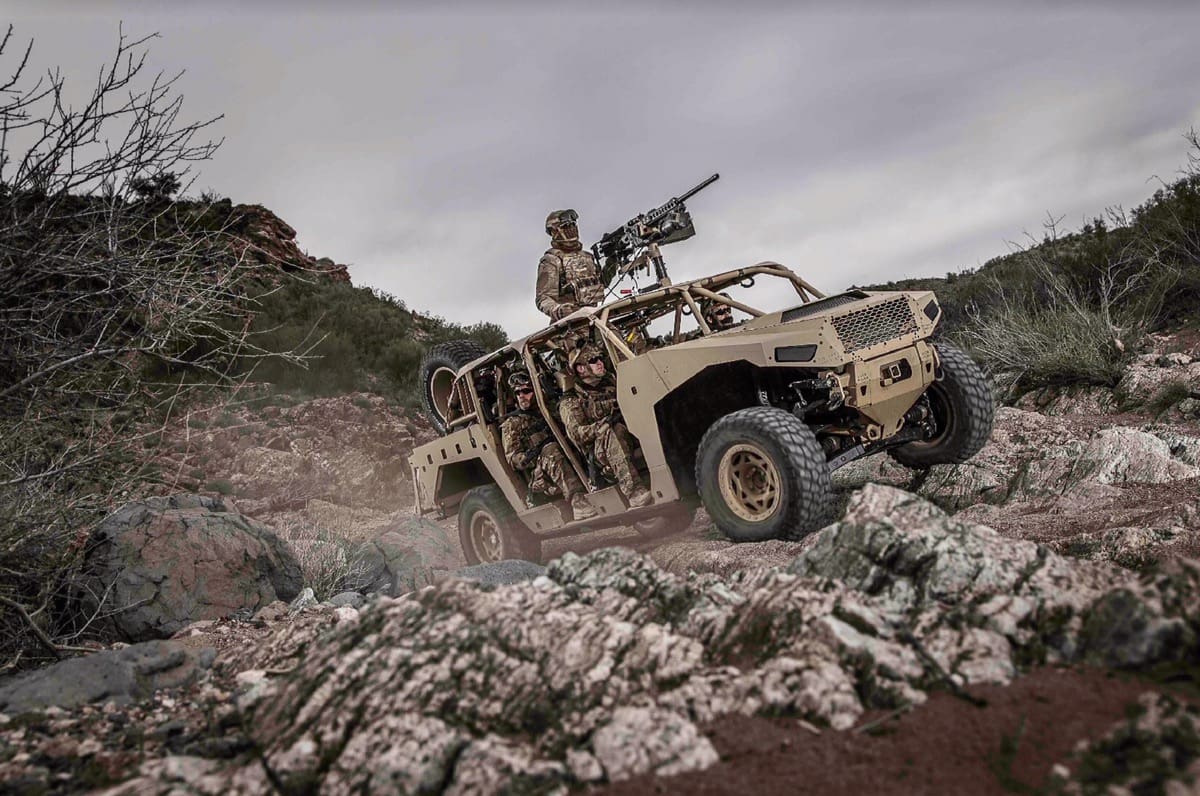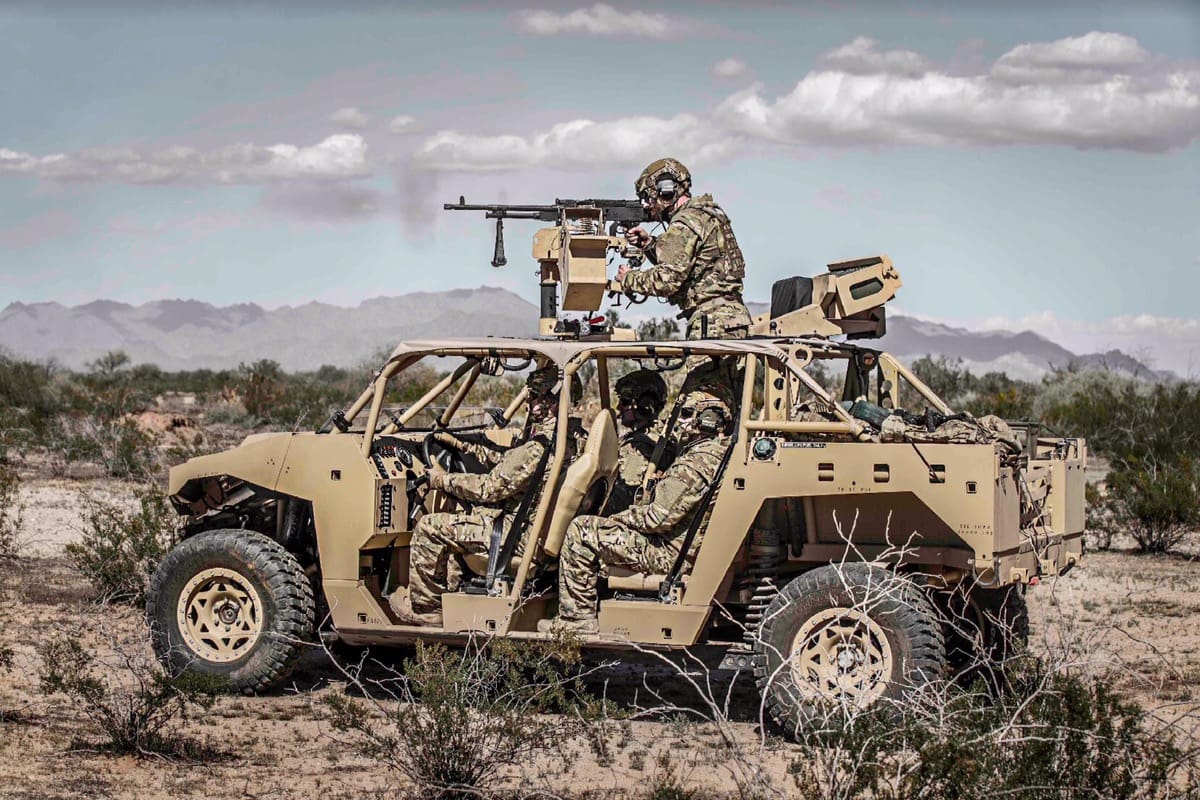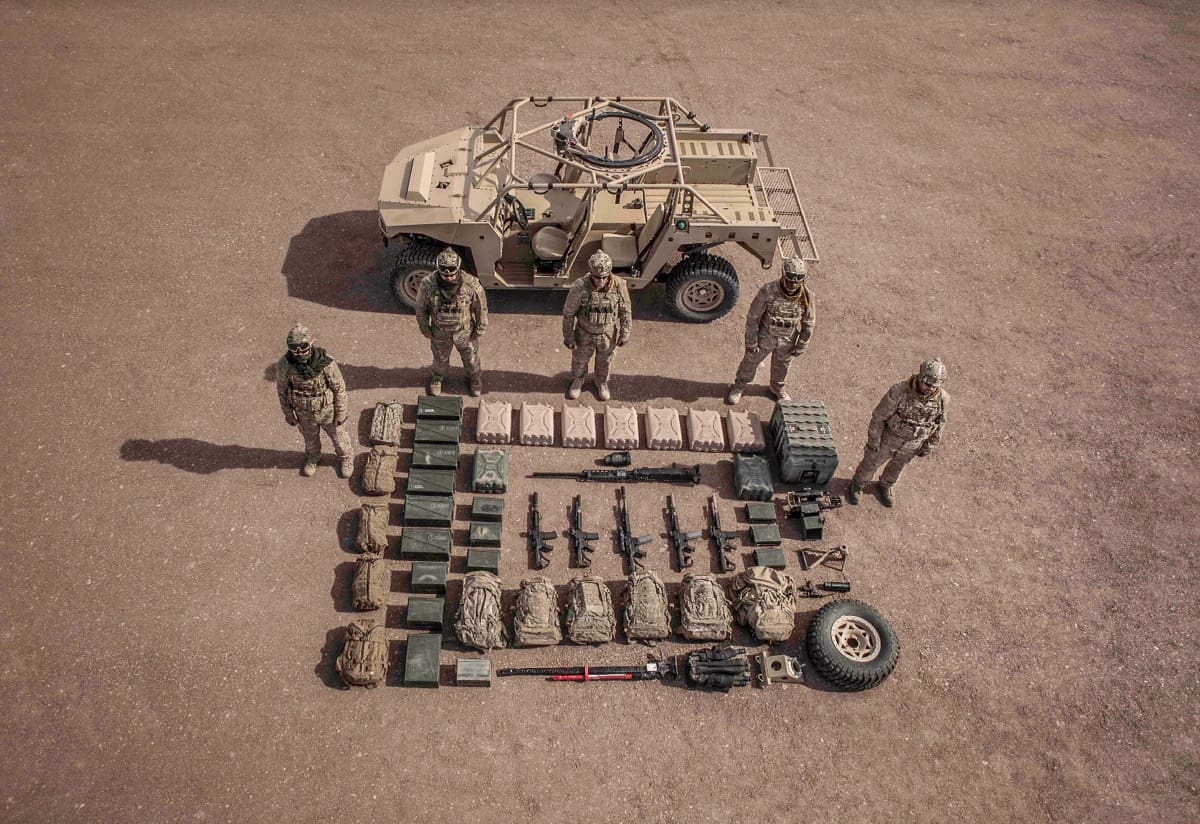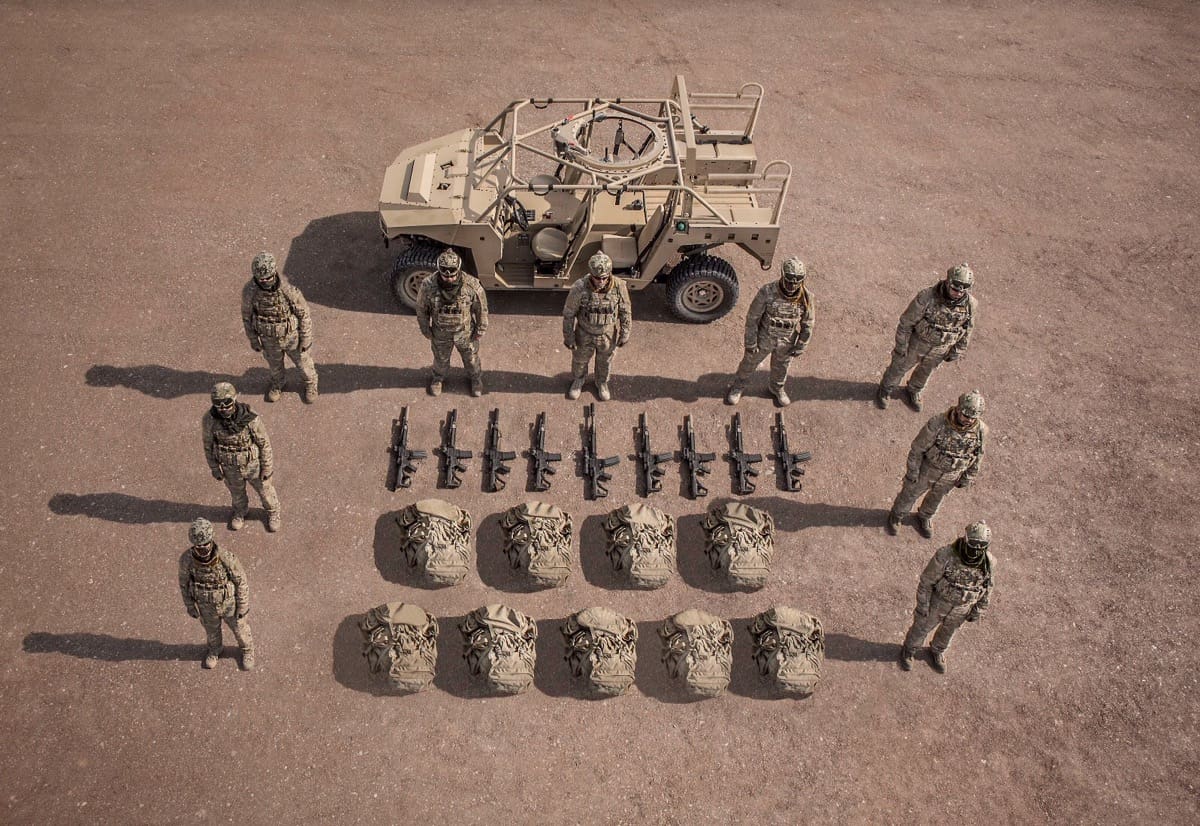MINNEAPOLIS (December 20, 2016) — Public Works and Procurement Canada (PSPC) has awarded its Ultra-Light Combat Vehicle (ULCV) contract to Polaris, following an open and competitive bid process. The $15.5 USD million contract includes DAGOR vehicles, maintenance and operator training, spare parts, and the option for additional vehicles (at an additional cost) to meet the requirements of Canadian Special Operations Forces Command (CANSOFCOM).
Ultralight ground mobility is at the forefront of many military’s needs – especially the Canadian Special Forces, which can deploy on extremely short notice for counter-terrorism operations and other time-sensitive Special Operation Forces (SOF) missions. The DAGOR ultra-light combat vehicle is just as deployable and was designed to be modular and light-weight to support a variety of expeditionary missions.
The ULCV contract is structured to provide CANSOFCOM with a custom vehicle to meet Canada’s unique SOF requirement. The flexible DAGOR platform will undergo engineering and mission configurations to incorporate new features and capabilities, including redesigned payload configuration, weapons mounts, electrical system improvements, and integrated communication systems. The final vehicle configuration, testing, and production of the ULCV will be a collaborative effort with CANSOFCOM.
“We are extremely pleased to have won the contract following the competitive process to provide our DAGOR vehicles to CANSOFCOM as this major international program award builds on our strong current domestic base,” said John Olson, PhD, vice president and general manager of Polaris Government and Defense. “We are proud to partner with the Canadian government and industry to deliver this ground mobility capability and the lifecycle support to smartly sustain it. Our program management, engineering, operations, and logistics teams are looking forward to working closely with our Canadian customer.
Olson added, “We greatly appreciated PSPC’s professionalism and found the ULCV procurement to be rigorous, thorough and well-executed as they delivered clear requirements, were extremely responsive to industry questions, and crisply executed the entire effort.”
With seating for up to nine, DAGOR comprises the optimal balance of rapid air transportability, payload capacity and advanced mobility. DAGOR gives an advantage back to dismounted warfighters, allowing formations to move faster, carry more and significantly reduce combat fatigue. And its weight and size allow it to be internally transportable on a variety of in-service aircraft, including CH-47 and C-130.
Polaris Government and Defense vehicles deliver a coveted combination of deployability, versatility and off-road mobility, forged from more than 60 years of off-road vehicle experience that is simply unmatched. Vehicles include the rugged Sportsman MV 850, the modular and nimble MRZR, and the DAGOR, which expands upon the range, payload and off-road mobility of any previous tactical off-road vehicle. The enhanced tactical mobility provided by Polaris Government and Defense gives an advantage back to dismounted troops, allowing formations to move faster, carry more and significantly reduce combat fatigue. Polaris FSR support is scalable worldwide and includes military vehicle training, service and maintenance. It also can be supplemented internationally through the Polaris network of distributors. And because Polaris vehicles are in service throughout the world, there is a high degree of interoperability and commonality among U.S. and allied forces.
Tags: Polaris Defense






Congratulations. Good job. It’s good to see a fair and open process result in a quality product getting into the hands of the warfighter. It’s a good value and a great product and has an excellent future.
Like far too many combat vehicles, no where near enough leg room in the back seats – the guy sitting behind the driver has to shift his knee outboard of the seat back, likely outside the outer profile of the vehicle.
When will vehicle designers learn that you cannot simply expect everyone in the back seat is under 5’6″ tall? And that the problems of insufficient space are exacerbated with body armor and carried equipment? There is simply no way for a tall user to get into or out of the back seats in anything approaching a timely manner – let alone sit in back for an hour or many hours on patrol.
Yeah, but it’s got to fit inside x- fuselage, and be under y-weight. All painful compromises. No free lunch and all that. 🙁
This.
You need both hands and a buddy to get out of the back row of RZR 4-seater if you’re a man-sized man wearing a PC.
6.4″ here…I could only be the one standing up and manning that machine gun.
Could not even fit on a front driver or passenger seat.
Does it have a v shaped bottom?
Have to upsize for ergonomics of fully kitted out soldiers.
Second class ride always beats a first class walk.
I twitched reading this and noticing they didn’t use the Canadian designations for the aircraft… CH47 -> CH147, C-130 -> CC130.
Where can I buy a fully equipped one???
In